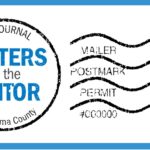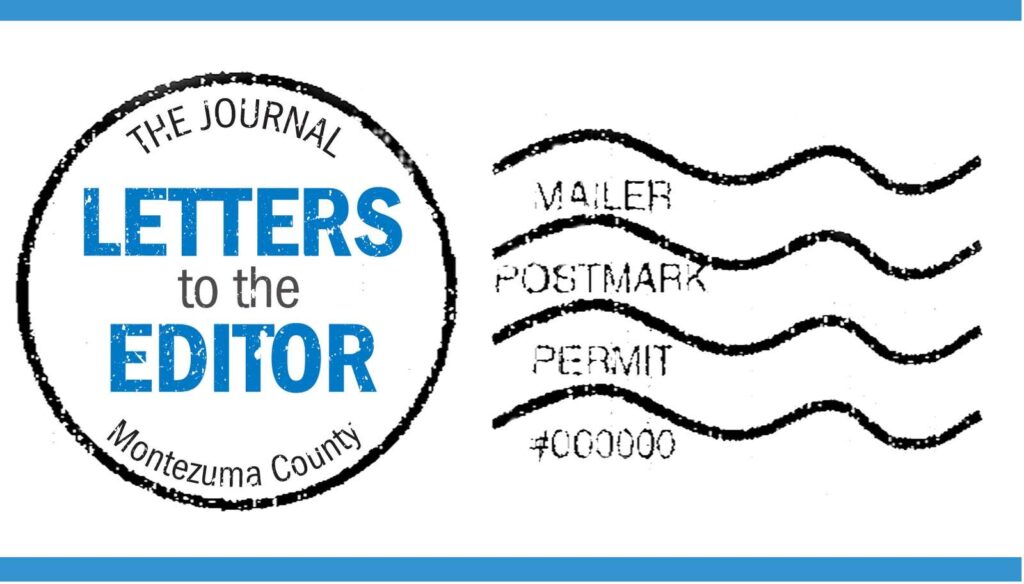Durango’s City Council meeting on Tuesday witnessed heated discussions as residents voiced their concerns over a new traffic calming proposal for East Seventh Street. The plan, which involves installing diagonal, back-in parking to slow down traffic, has drawn criticism for its potential impact on the neighborhood and the lack of prior notification to residents.
The proposal is part of a broader initiative known as the “Next Step” plan, which aims to transform downtown Durango by reducing vehicle speeds and enhancing pedestrian safety. If successful on East Seventh Street, the city plans to extend the changes to East Eighth, Ninth, and Tenth streets. However, this comes despite a city-conducted speed study indicating that the current average speed on East Seventh Street is between 24 to 26 mph, suggesting that the changes might be unnecessary.
Community Concerns and Opposition
Residents and business owners have expressed strong opposition to the plan, arguing that it could permanently alter the character of their downtown neighborhoods. During a recent meeting, it was revealed that the project would eliminate 38 parking spaces from Main Avenue, pushing more parking into residential areas. This has raised concerns about increased congestion and inconvenience for both residents and visitors.
Ken Van Zee, a local resident, criticized the plan for its lack of transparency and community involvement. “This will forever alter our downtown neighborhoods,” he stated, emphasizing that the changes would shift Durango’s traditional Western heritage towards a more urban, walking mall atmosphere.
Impact on Downtown Durango
The Next Step plan includes several significant changes, such as narrowing streets, widening sidewalks, and installing trees and mini park-like areas. These modifications aim to create a more pedestrian-friendly environment but have been met with skepticism by some community members who fear the loss of parking and the impact on local businesses.
Multimodal staff have defended the plan, asserting that it will maintain Durango’s distinctive character while improving safety. However, data from the city shows an average of only 2.2 injury accidents per year in the area, leading some to question the necessity of such drastic measures.
“Multimodal is hell-bent on constricting every possible street they can,” Van Zee remarked, urging residents to contact the City Council to halt the project.
Expert Opinions and Historical Context
Traffic calming measures, such as those proposed in Durango, have been implemented in various cities across the United States with mixed results. Experts suggest that while these initiatives can improve pedestrian safety and reduce vehicle speeds, they often require careful planning and community engagement to be successful.
According to Dr. Emily Thompson, an urban planning expert, “The key to successful traffic calming is ensuring that the needs and concerns of all stakeholders are considered. This includes residents, businesses, and city officials.”
Historically, cities like Portland and San Francisco have faced similar challenges when introducing traffic calming measures. In many cases, initial resistance from the community was overcome through open dialogue and adjustments to the plans based on feedback.
Looking Ahead: Potential Outcomes and Next Steps
The controversy surrounding the Next Step plan highlights the need for greater transparency and communication between city officials and the community. As the project progresses, it will be crucial for the City Council to address the concerns of residents and businesses to ensure a balanced approach that enhances safety without compromising the city’s character.
Moving forward, residents are encouraged to participate in upcoming City Council meetings and engage in discussions about the future of downtown Durango. By fostering an open and inclusive dialogue, the city can work towards solutions that benefit all stakeholders.
As the debate continues, the outcome of the Next Step plan will serve as a critical case study for other cities considering similar initiatives. The decisions made in Durango could have lasting implications for urban planning and community engagement strategies nationwide.
About The Author
 Controversial Traffic Calming Plan Sparks Debate in Durango
Controversial Traffic Calming Plan Sparks Debate in Durango Elon Musk and Donald Trump: A Complex Relationship Unveiled
Elon Musk and Donald Trump: A Complex Relationship Unveiled Fourth of July Celebrations: Historic Readings and Fireworks Light Up Sylvania
Fourth of July Celebrations: Historic Readings and Fireworks Light Up Sylvania